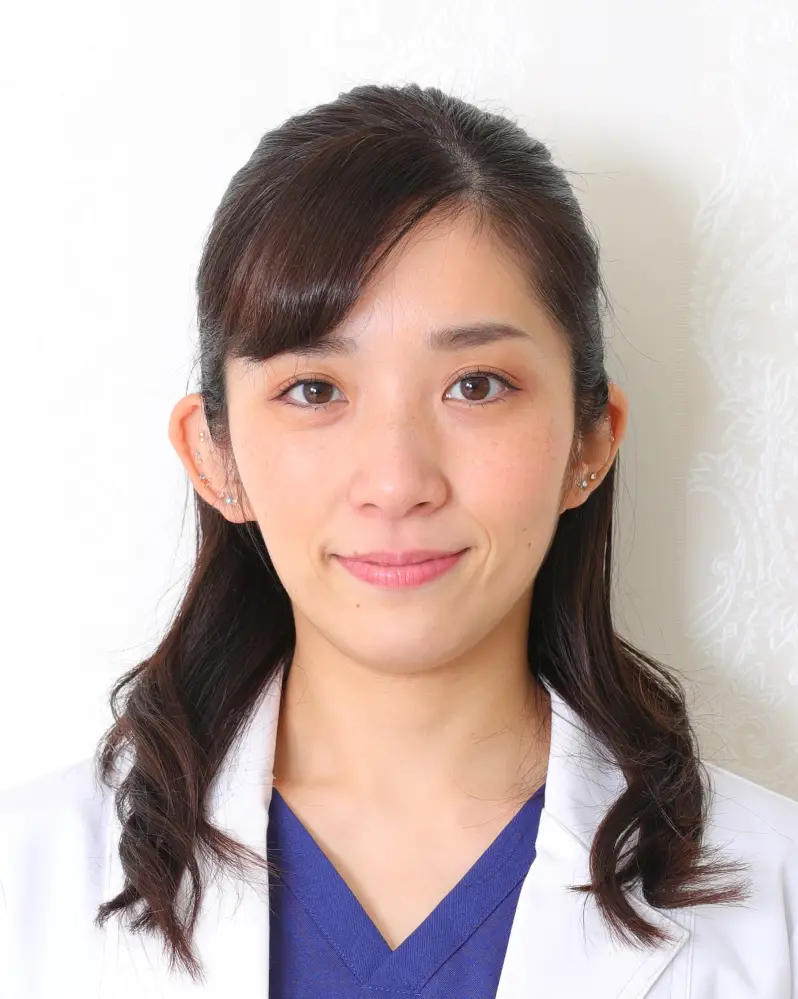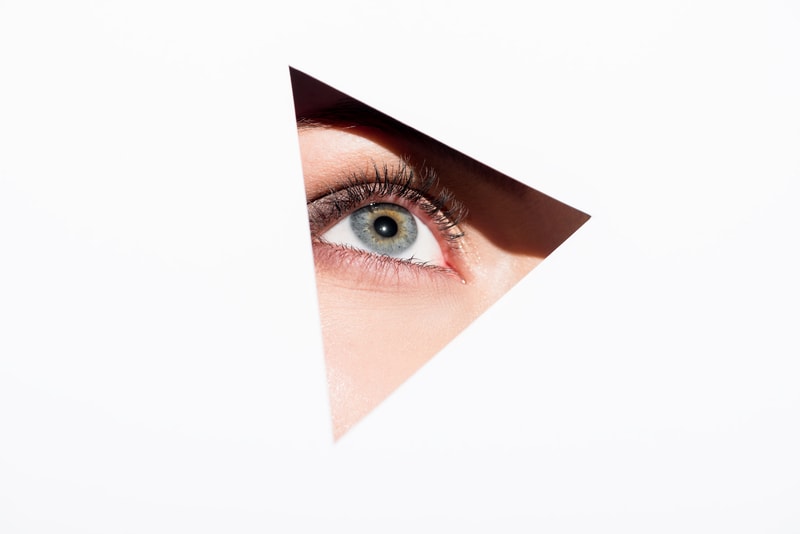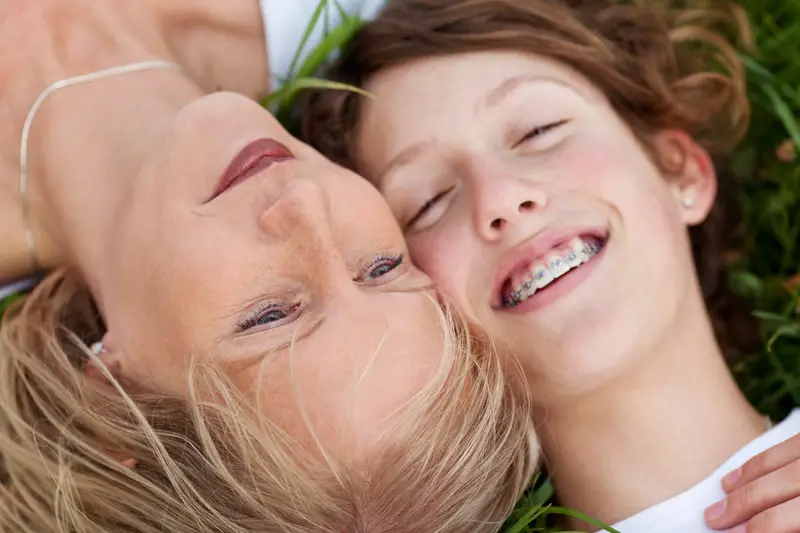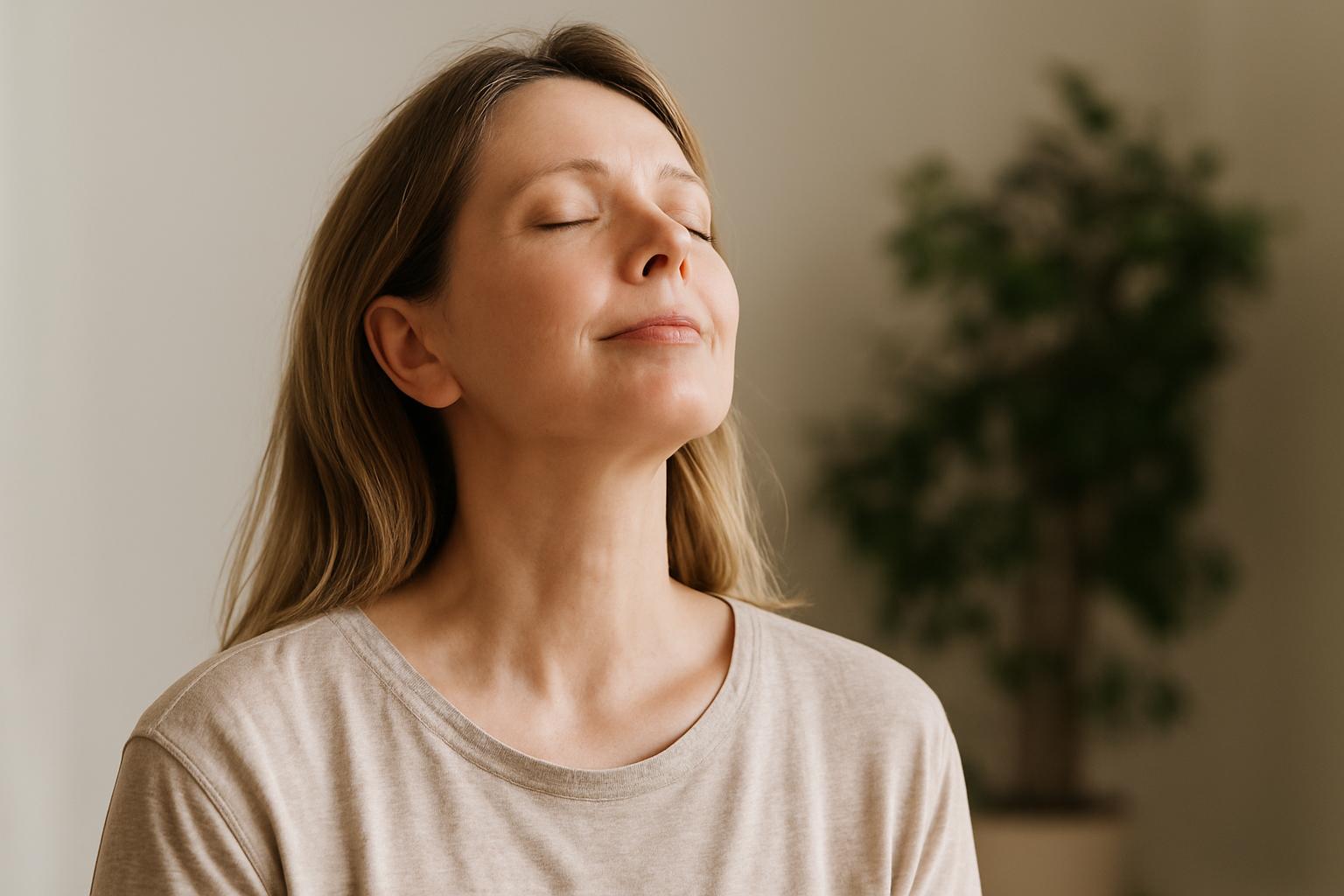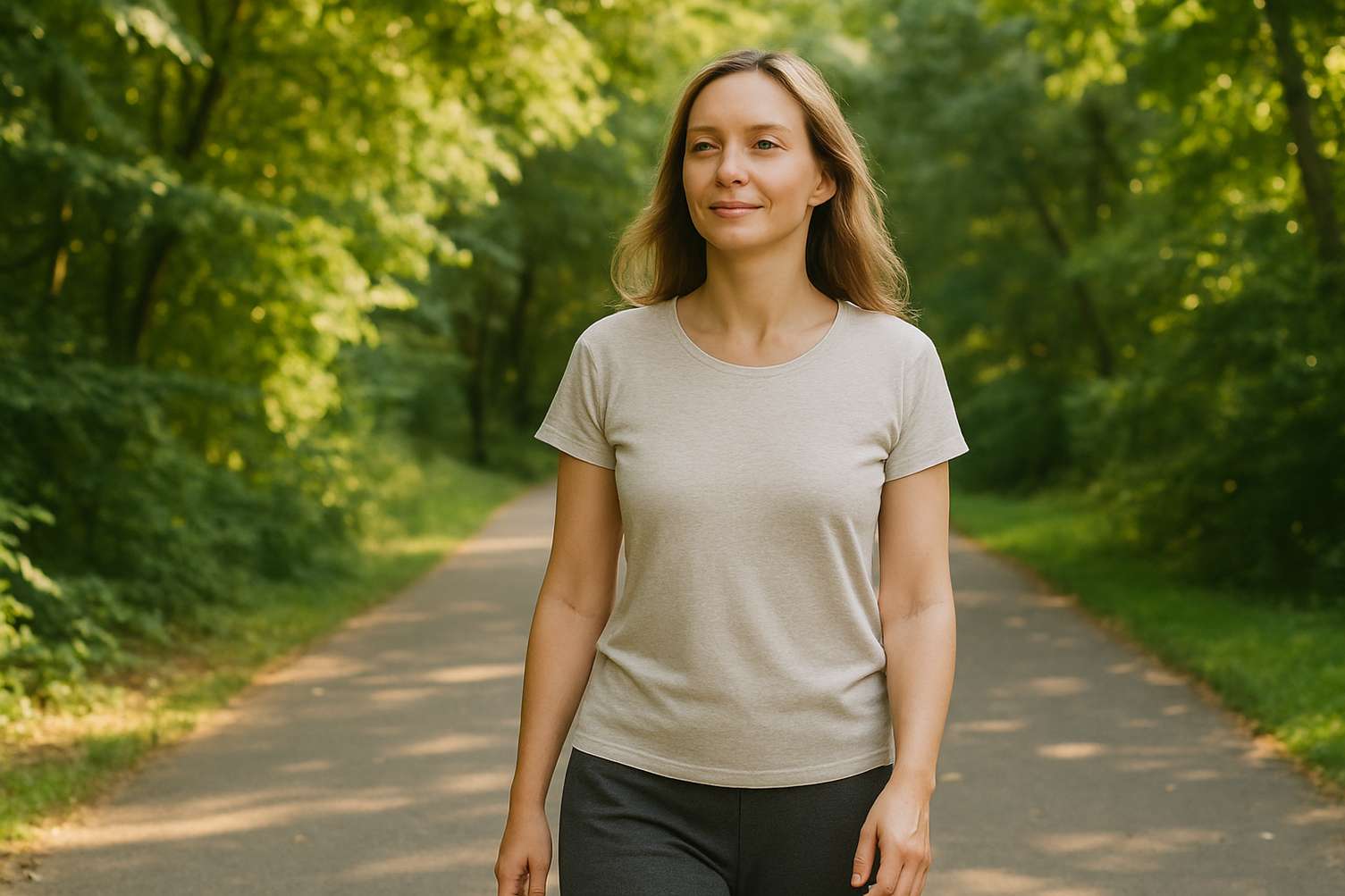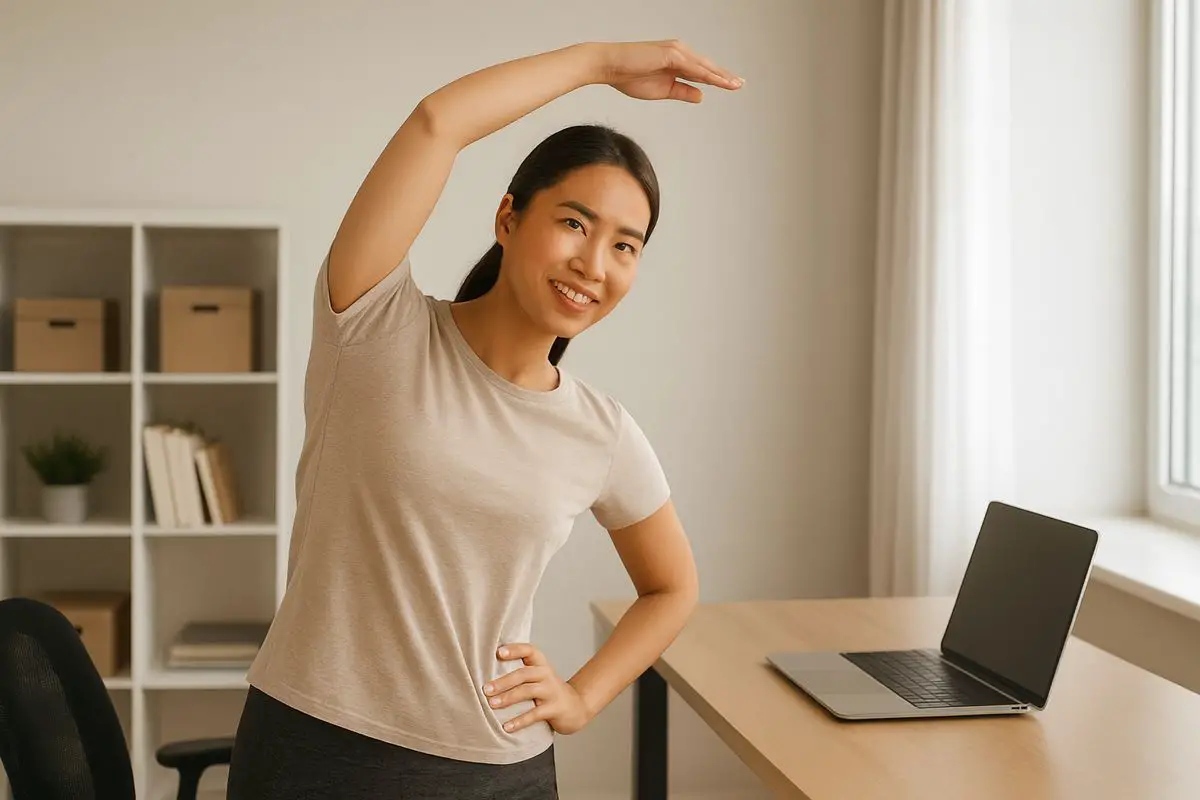Best Acupressure Points for Dry Eyes Relief After Screen Exposure
Experiencing dry eyes after long hours in front of a screen is a common issue in our modern digital age. The continuous exposure to screens, whether for work or leisure, can lead to discomfort, irritation, and a feeling of dryness. Fortunately, Traditional Chinese Medicine (TCM) offers effective remedies to tackle this problem through acupressure. By targeting specific acupressure points, you can reduce eye strain and keep your eyes healthy. We consulted with Ms. Mai Sogawa, a certified TCM therapist from Japan, to learn which points to focus on. For more about Ms. Mai, check out her bio here.
In this article, we’ll introduce five effective acupressure points for dry eyes relief that you can easily apply during the afternoon to combat symptoms caused by prolonged screen exposure.
What Causes Dry Eyes After Screen Use?
Before we dive into the acupressure points, it’s helpful to understand why prolonged screen use often results in dry eyes. When staring at a screen for extended periods, our blink rate decreases, leading to less lubrication on the surface of the eye. This causes the eyes to dry out, creating a gritty sensation, redness, or even blurred vision. Environmental factors like air conditioning or poor lighting can further aggravate these symptoms.
Top 5 Acupressure Points for Dry Eyes Relief
Here are the top five acupressure points recommended by Ms. Mai for reducing dry eye symptoms after prolonged screen exposure:
1. BL-1: Inner Corner of the Eye
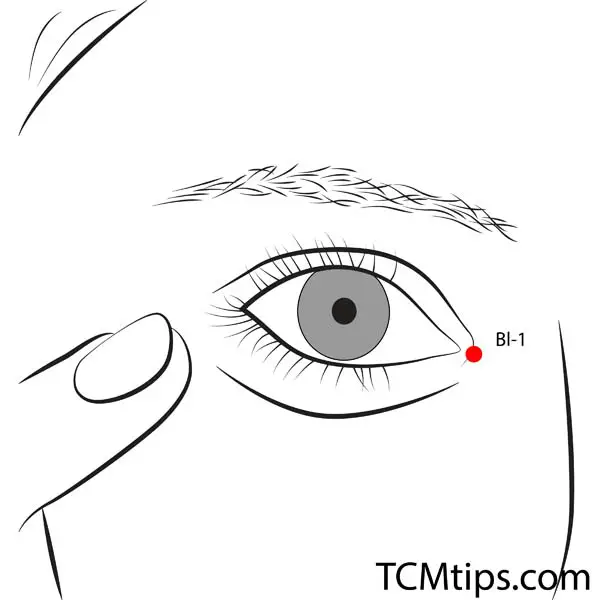
- Location: The BL-1 acupressure point is located at the inner corner of the eye, close to the bridge of the nose.
- Benefits: Stimulating this point helps alleviate eye pain, redness, and dryness. It also promotes blood circulation around the eyes, which is essential for maintaining eye health.
- How to Apply Pressure: Gently press the point using your index finger for about 30 seconds to 1 minute on each side. Make sure not to apply too much pressure since this area is sensitive.
2. BL-2: Under the Eyebrow
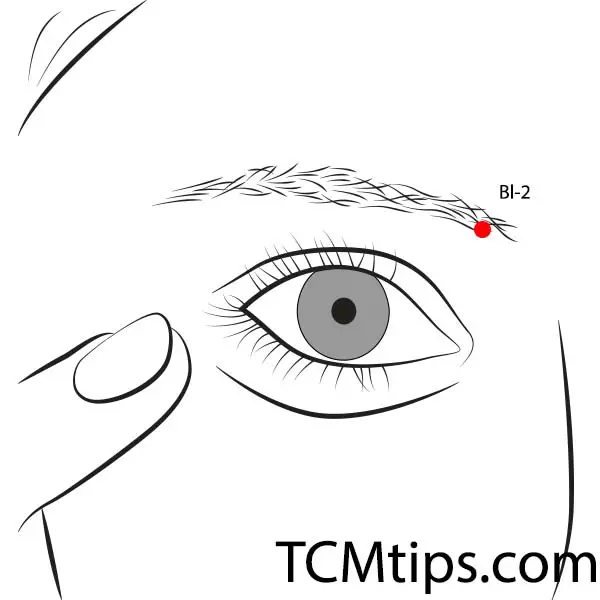
- Location: Situated directly under the eyebrow, in the hollow area at the base of the brow.
- Benefits: This point is particularly beneficial for eye fatigue and blurred vision. It can also reduce tension in the forehead and relax the surrounding muscles.
- How to Apply Pressure: Using your thumb, press gently upwards into the hollow for about 1 minute. Perform small circular motions to further relieve tension.
3. ST-1: Below the Pupil
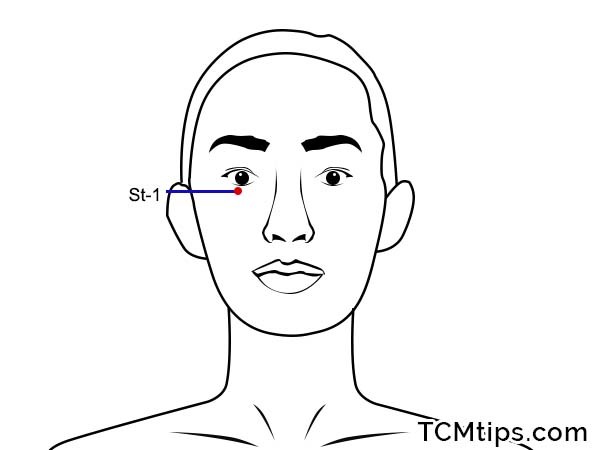
- Location: Found directly below the pupil, just beneath the lower eyelid, this point is often used in TCM for a variety of eye conditions.
- Benefits: Stimulating ST-1 helps in improving fluid circulation around the eyes, reducing puffiness and dryness.
- How to Apply Pressure: Use your middle finger to gently press the point, holding for 30 seconds on each side. Make sure to use light pressure to avoid causing discomfort.
4. TE-23: Outer End of the Eyebrow
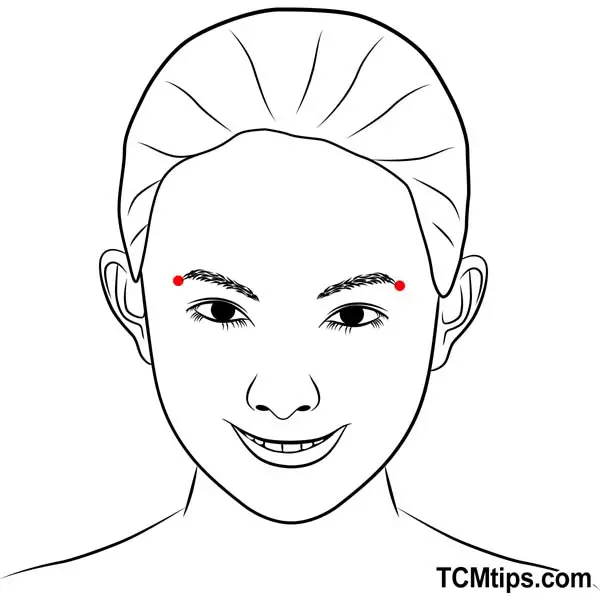
- Location: Located at the outer end of the eyebrow, in the hollow area right where the brow ends.
- Benefits: This point is effective for relieving headaches, eye strain, and dryness. It also helps in clearing heat around the eyes, which can be a common cause of irritation.
- How to Apply Pressure: Use your index finger to apply steady pressure, holding for 1 minute. Repeat on the other side, making sure to close your eyes and relax while applying the technique.
5. Liv-3: Top of the Foot Between the Toes
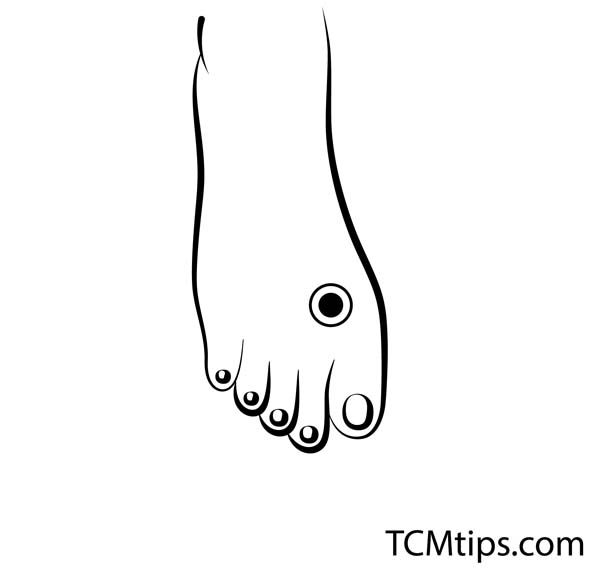
- Location: Situated on the top of the foot, in the webbing between the big toe and the second toe.
- Benefits: Although this point is not directly near the eyes, it is one of the most important points for calming the liver, which in TCM is closely linked to eye health. Activating this point can reduce general eye discomfort and dryness.
- How to Apply Pressure: Firmly press this point using your thumb and massage in small circular motions for 1-2 minutes. Repeat on both feet.
How to Incorporate Acupressure Into Your Routine
Here are a few tips to make acupressure a part of your daily routine for eye health:
- Set a Reminder: Since dry eyes often peak in the afternoon, set a daily reminder on your phone to take a 5-minute break to apply these acupressure techniques.
- Combine with Eye Exercises: Perform simple eye exercises, such as rolling your eyes or shifting your gaze between near and far objects, after applying pressure to enhance the benefits.
- Stay Hydrated: Drink plenty of water throughout the day, as proper hydration is essential for maintaining healthy tear production.
Additional Lifestyle Tips to Prevent Dry Eyes
In addition to using acupressure, consider these practical tips to reduce dry eyes caused by prolonged screen use:
- Follow the 20-20-20 Rule: Every 20 minutes, look at something 20 feet away for 20 seconds to give your eyes a break.
- Use Lubricating Eye Drops: Over-the-counter lubricating eye drops can help maintain moisture levels, especially in dry environments.
- Adjust Your Screen Settings: Increase text size and reduce screen brightness to lessen the strain on your eyes.
- Maintain Proper Distance: Ensure that your screen is at least 20 inches away from your face and positioned just below eye level.
Final Thoughts
Dry eyes can significantly impact your productivity and overall comfort, especially if you spend long hours in front of a computer. By incorporating acupressure techniques recommended by Ms. Mai, along with some lifestyle adjustments, you can keep your eyes healthy and refreshed. Regular practice of these techniques can help alleviate symptoms and promote long-term eye health.

Try our Anti-Aging Gua Sha Tool designed to bring out your skin’s natural glow.
Best Gua Sha Product- Anti-Aging: The tool is designed to target 11 specific aging signs such as wrinkles and sagging skin. By following the 7-step routine, users can improve skin firmness and reduce fine lines naturally.
- Enhances Skincare Routine: It works effectively with serums and lotions, boosting absorption and efficacy of skincare products.
- Visible Skin Improvement: Users can expect a smoother complexion, reduced puffiness, and a more youthful appearance.
 P. Sze
P. Sze 
